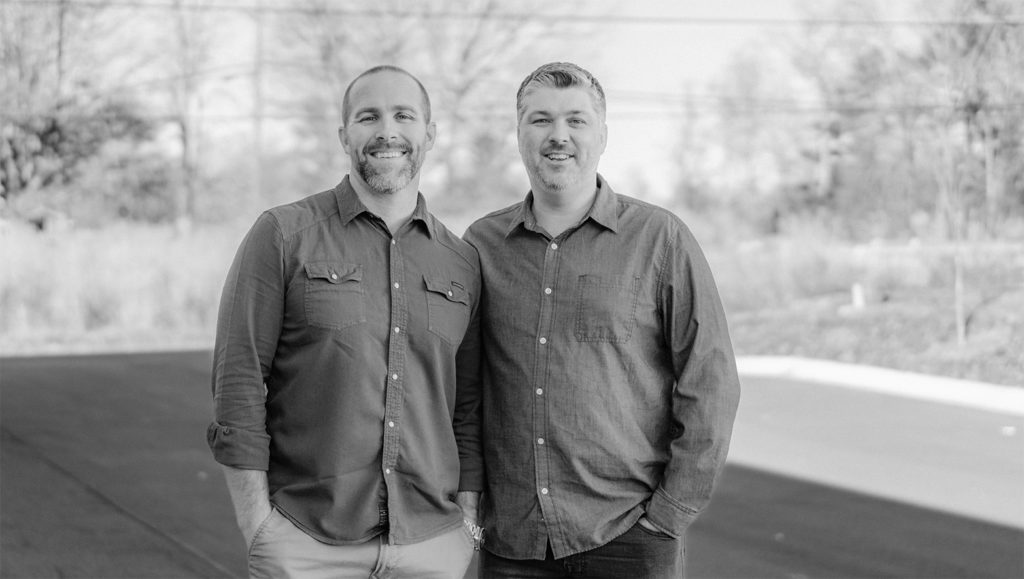These short videos are a great way to explore the history of our landscapes. The clear evenings are back, so why not get out there? Graham has done a great job here, and it's always brilliant to see and hear Charlie Gillen.
Tuesday, March 29, 2022
"It's a bad day for love, but a good day for flower shops" - the sweetest harmonies this side of the Everly Brothers
Friday, March 18, 2022
Language Map of the British Isles, 1881
This map was posted on Facebook this week, on the We The Irish - Podcast page (click here). No source is given for the atlas this is from, but the key bottom left says that stats are from the 1881 census, and also the 1897 work of EG Ravenstein in On the Celtic languages in the British Isles: a statistical survey, Journal of the Royal Statistical Society (1879). As has been mentioned here over the years a few times, the language answer as self-completed by respondents on the 1901 and 1911 census, which has been quite recently visualised and mapped by Barry Griffin, is way out of kilter in east Ulster.
None of these historical administrative ventures or mapping projects allowed for Scots being distinct from English, so its linguistic existence gets lost, divided, or even misinterpreted. We have a trilingual society, but for centuries we've only had a bilingual bureaucracy.
Thursday, March 17, 2022
Re-telling Hamilton & Montgomery and 1606
Check this new video out, a creative and informal retelling of James Hamilton, Hugh Montgomery and Con O'Neill –
The presenter is Bruce Fummey – here's his video about the Bruces in Ireland in the 1300s:
Wednesday, March 16, 2022
From St Patrick to Martin Luther – in Tennessee in 1889
"Thus, by easy steps, we go from St. Patrick to lona and the Culdees and Knox in Scotland, and to Switzerland, with its Zwingli and Geneva, and to Germany and Luther. Germany, which now leads the world in scholarship, was content to receive its first schools from humble Scotch-Irish itinerants."
– Prof George Macloskie D.SC, LL. D. (1834-1919) was Professor of Biology in Princeton College. This quote is from his address 'What the Scotch-Irish Have Done For Education', which was given at the first Congress of the Scotch-Irish Society of America in Columbia, Tennessee in 1889. He was born at Castledawson, and was ordained as a Presbyterian minister in 1860. He was minister of Ballygoney near Magherafelt from 1861–1873. Pic below of Macloskie is from this website
Monday, March 14, 2022
A Methodist view on the the language of the Ards Peninsula
Presbyterians get almost all of the Ulster-Scots attention. But the story and sources are much wider than that. A biography of Rev Hans Morrison (1836–1898) was published in 1899, written by Rev John Coulter of Glastry Methodist Church between Ballyhalbert and Kircubbin. Morrison's ancestry was at Killinchy on his father's side, and Cloughey on his mother's. Hans was born at Echlinville townland near Rubane in 1836. The colourful introduction is a brilliant social study of the area at the time, which includes another description of the language spoken, from Donaghadee to Portaferry which was where Morrison toiled –
"... the Ards is a thickly-populated district of country. Scottish characteristics in dialect, &c, prevail amongst the inhabitants, chiefly around the eastern coast ..."
If I recall correctly, there's a reference in John Wesley's diaries to him trying to preach in east Down in the mid 1700s, but struggling to do so effectively because the people spoke 'Scotch'.
Sunday, March 13, 2022
Author May Crommelin of Carrowdore Castle, America and Ulster-Scots
Anyone with a genuine interest in the local heritage of my part of the world will inevitable, naturally, encounter Ulster-Scots. I've mentioned May Crommelin (1848–1930) here before. I picked up a rare original edition of her 1887 novel Dead Men's Dollars last year, a story of a famous Copeland Islands shipwreck and the recovery of its gory booty.
Her recently-reprinted 1880 novel, Orange Lily, is largely autobiographical (online here) with characters who she says 'spoke as broad Scotch as their ancestors did'. This is almost identical to Alice Milligan's 1898 description of Donaghadee, just a few miles up the coast, where the locals spoke 'broadest County Down Scotch'. These two extracts are from an 1893 interview with May Crommelin, in a book entitled Notable Women Authors of the Day –
Wednesday, March 09, 2022
County Down language in 1924 – "purely lowland Scotch"
Here's another excellent, mainstream, source for the degree of Scots language usage in County Down just about 100 years ago. There are so many similar sources, someone really should collate them all. In 1924 my grandfather William Thompson was 23, my grandmother Madge Coffey was 13 (they married in 1937); my grandfather William Wilson was 18 and my grandmother Molly Hamill was 6 (they married in 1938). The linguistic world they all grew up in was 'purely lowland Scotch'.
Tuesday, March 08, 2022
Theocast

There are umpteen different theologies within Christianity. Being open to learning new perspectives from other traditions is very important, what some of my Presbyterian friends have called "light from any quarter". Over the past while I've been listening/watching Theocast, a podcast style discussion between two Reformed Baptist pastors in greater Appalachia – Jon Moffit and Justin Perdue – which has an orthodox Lutheran twist and natural connections with the fine work being done at 1517. Even though these guys are American, their social-cultural context is very relevant to a Northern Ireland evangelical audience who might be looking for something deeper and truer. Their content is excellent – highly recommended if you want to find a theological framework which has assurance, peace and rest at its core. Their website is here, and here's one recent example –












